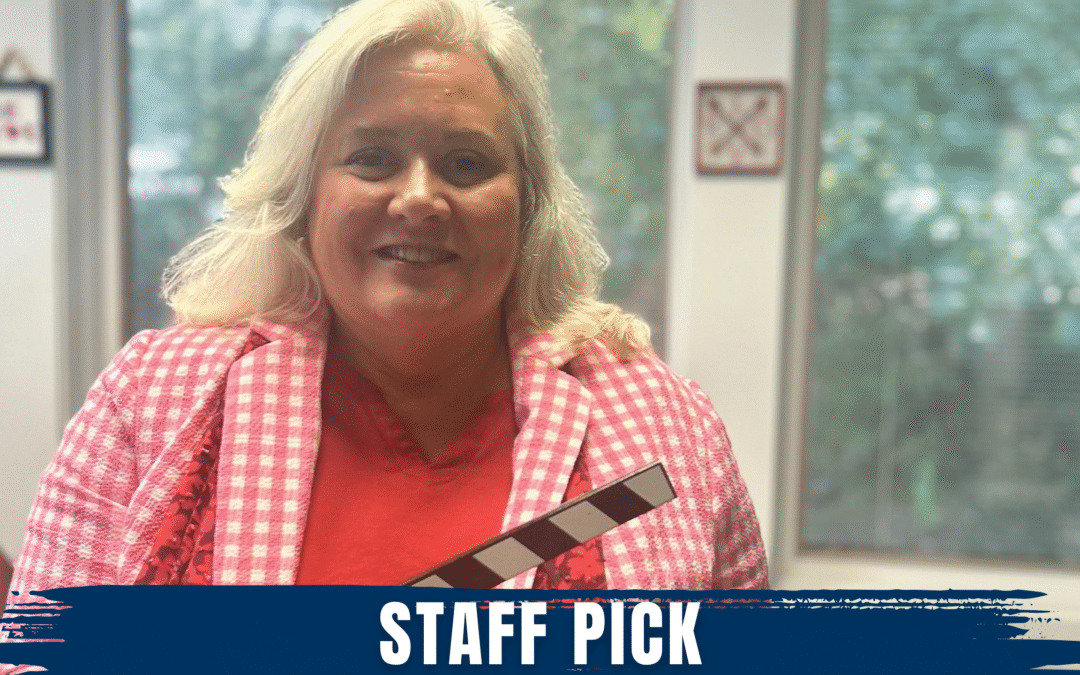
This summer, we’re rolling out something new at Henrico CASA: a film review series that dives into stories reflecting the heart of our mission. Our team will be sharing their takes on movies that spotlight the realities, challenges, and resilience we witness in our work with children and families. Each film – unique like every case we serve – serves as a reminder of why children need CASA Advocates… and why CASA needs YOU. So grab some popcorn and join us!
This week, Trish from our team shares her reflections on Adolescence.
“Adolescence” on Netflix follows a 13-year-old boy, Jamie, who is arrested for the murder of a classmate. The series explores the impact of this event on Jamie’s family, the investigation, and the broader societal implications of youth violence. It is divided into four parts or episodes. All the four episodes illustrate four different timelines in the journey and all the episodes are so different from each other that it feels like four movies scrambled into one series
I found the series to be intense, and thought-provoking from start to finish. What I liked best was it wasn’t a whodunit, it was a whydunit. It was raw depiction of the complicated pressures faced by youth, families, and society at large. From the challenges of identity, bullying/cyberbullying, peer pressure, and mental health to issues like generational gaps, societal expectations, and the prevalent struggles within family systems with trauma history —this series leaves no stone unturned.
Much like the work that our Advocates do, there were no easy answers or quick resolutions; instead, the series presented a multi-layered perspective that compelled me to consider the underlying factors and the lasting impact of such events. For instances, the film brought into question how exactly boys are expected to develop as confident, well-adjusted young men when their own fathers/parents are absent, disconnected and/or harboring unresolved trauma and rage from their own childhoods. Another area that resonated with CASA’s work was the topic of cyber bullying and the destructive aspects of social media, especially for youth. We’ve always had bad parents and inter-generational trauma and social problems, but something has been going from bad to worse since the advent of smartphones and social media.
Due to the uninterrupted, one-long take filming of the series, each of the four parts allowed me to examine the various roles of those affected by the ripples of Jamie’s fatal decision. Individual segments highlighted the police, the victim, the victim’s family, the school, and the psychologist. But what I personally found most impactful was the fourth and final segment of the series that explores the emotional turmoil and the difficult process of accepting responsibility for actions, as well as the lasting consequences for the family. A great deal is shown in depth, but a great deal is also left for the audience to piece together, projecting our own ideas and prejudices to fill the gaps.








